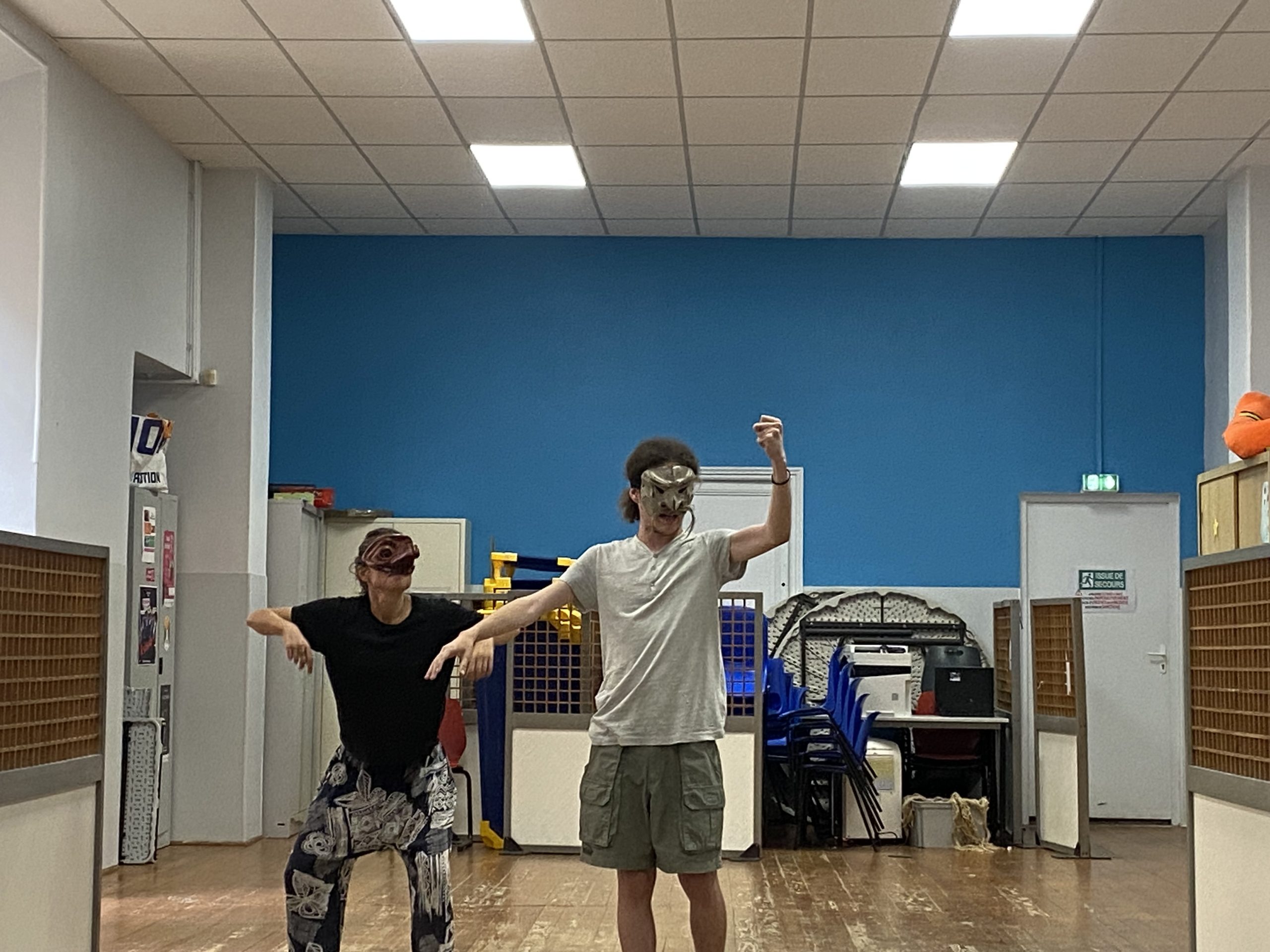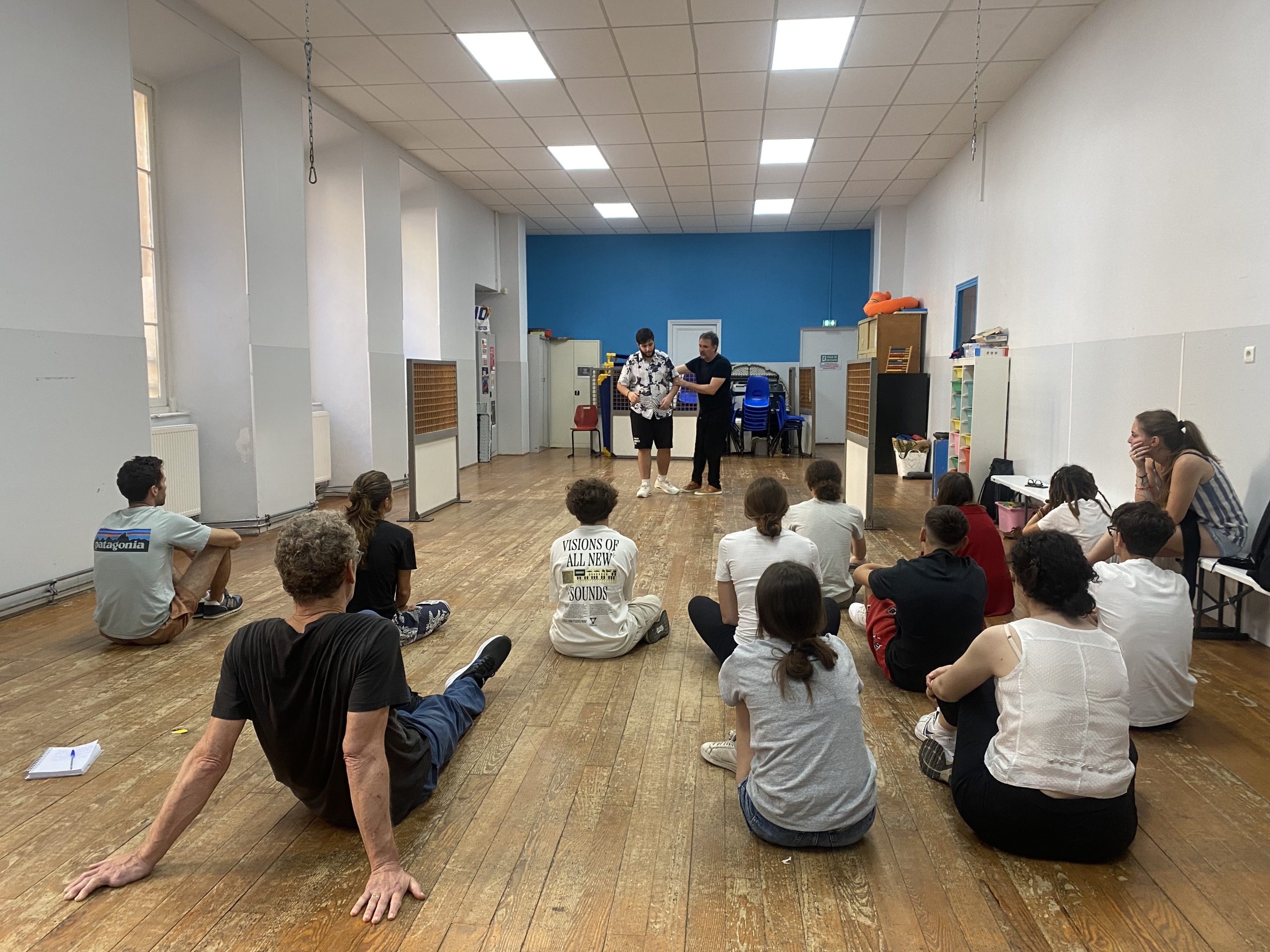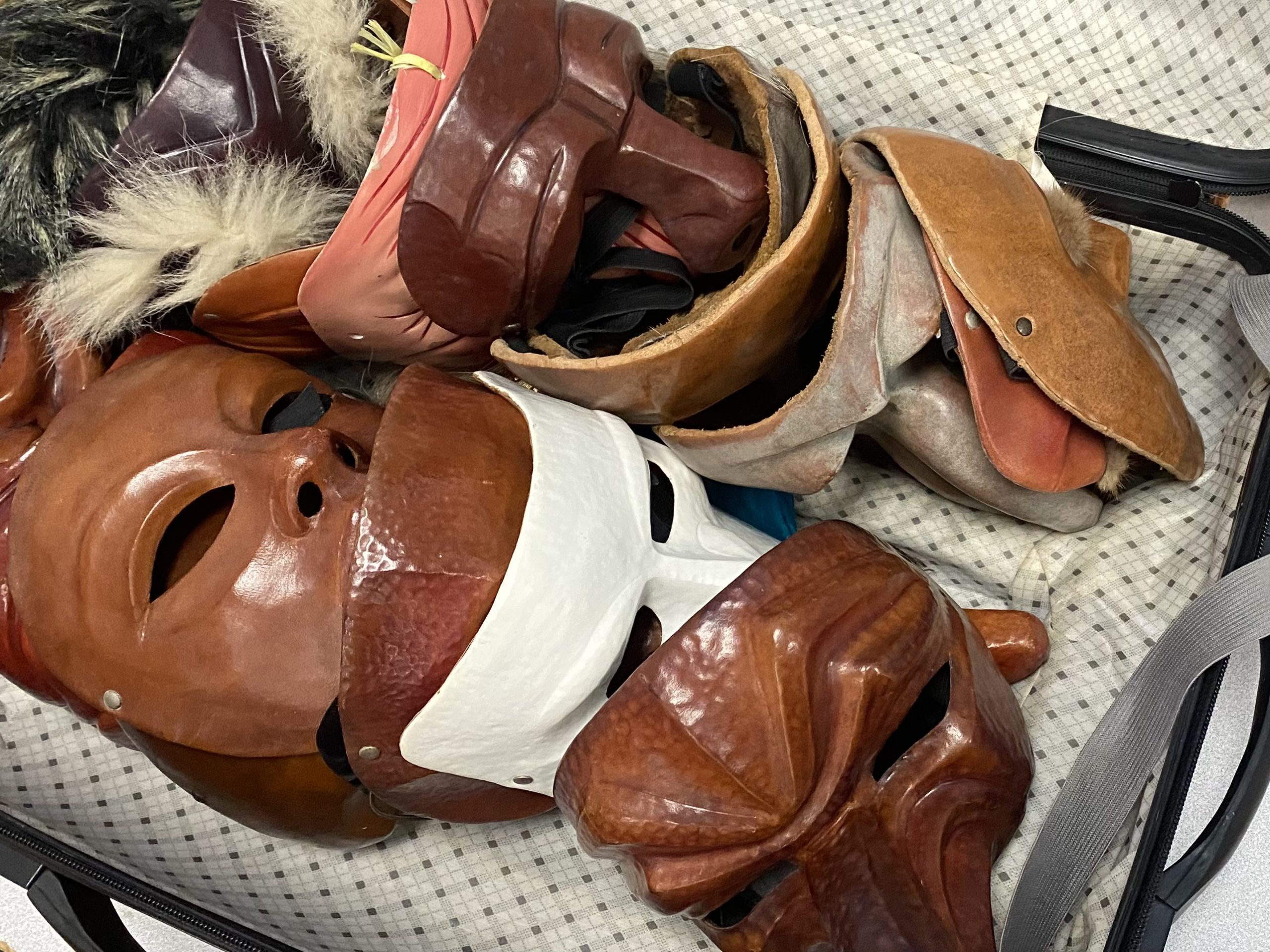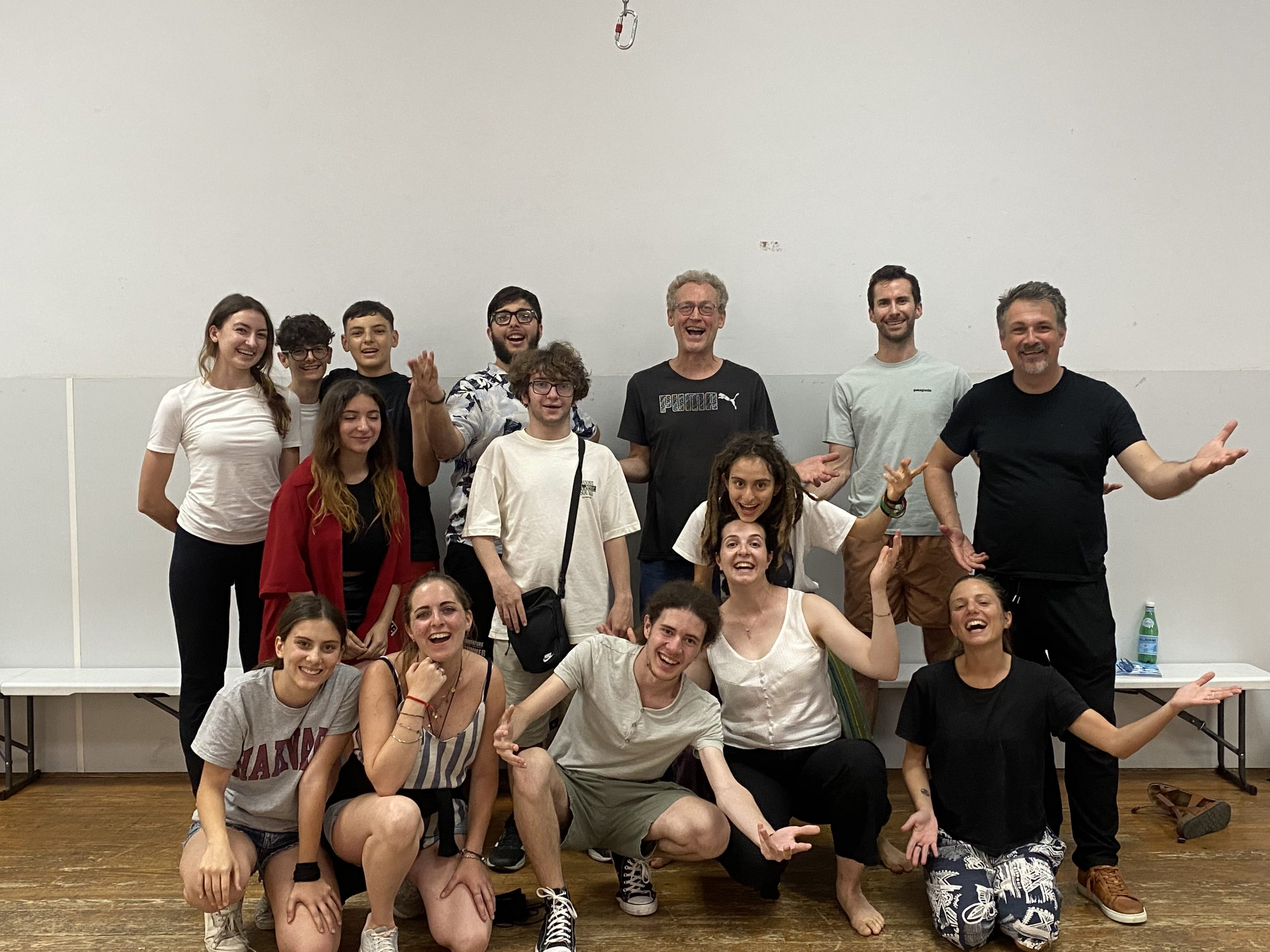On Saturday, June 22nd, a workshop was held by Frédéric Rey: actor, director, and writer. It was an opportunity to discover masked performance and the codes of Commedia dell’Arte. This Master Class took place from 10 a.m. to 5 p.m. at the Théâtre de la Semeuse. Nice premium tested it for you.
Located in Old Nice, the Théâtre de la Semeuse opened its doors for a workshop with Frédéric Rey. Throughout the day, about ten people were able to discover masked performance and the codes of Commedia dell’arte. With work on rhythm, techniques, postures, breath, and improvisation, a true day of learning was offered to the participants. A moment of sharing and kindness, all in good spirits. This workshop brought together French, Italians, Dutch… despite the language barrier, understanding and cohesion were present.
Learning the Basics of Commedia dell’Arte
The day began at 10 a.m. with an introduction of the participants before starting the first exercises. From 10 a.m. to 12 p.m., Frédéric Rey explained the basics of this theatrical art. He discussed space and gaze, as well as breathing and emotions — the keys to Commedia dell’arte. The various exercises followed by Frédéric Rey’s explanations allowed for real learning.
Gaze is fundamental in communication. Even behind a mask, the expression of the eyes can create a relationship between the characters while engaging with the audience. Breathing allows for variations in body movement and dialogue. It mainly helps to emphasize emotions, accuracy, and the exaggerated nature of the characters. He also touched upon the importance of space, perspective, and balance.

In full improvisation © Vicky Warocquier
The various exercises mentioned by Frédéric Rey stem from the teachings of Carlo Boso, Didi Hopkins, or the Jacques Lecoq School. After studying gaze, space, perspective, and breathing, it’s time for emotions — the driving force of the characters. Emphasized by the mask, compelling the actor to utilize body language, voice, and gaze. Among the emotions: anger, fear, sadness, and joy.
Once the basics were learned, it was time for the scene work in pairs. The goal? To reproduce two different emotions and switch while emphasizing the gaze and understanding.
From Pantalone to Columbina Passing through Harlequin
The afternoon was dedicated to learning the characters of Commedia dell’Arte. But before that, the history of this art was told by Frédéric Rey, just to digest.

Frédéric Rey teaching us the basics of this art © Vicky Warocquier
From servant to master, we learned the role, character, posture, attitude, and demeanor of each character in Commedia dell’arte. Accompanied also by their masks, for some, representing the vices of society.
The day ended with improvisations, in groups of three. Each had to interpret a character and create a story. A complicated task for novices, but a good way to step out of their comfort zone, dare, and surpass themselves.

The masks used for the characters of Commedia dell’Arte © Vicky Warocquier
Among those present was Peter Smith: “I was doing a Commedia dell’Arte workshop in London and I really enjoyed it. The leader of that workshop suggested I contact Frédéric. Thanks to him, I was able to, once again, learn the joy of playing these roles. Anyone can do it, and I recommend everyone try it. The structure of Commedia dell’Arte reflects our society’s structure but in a simplified and clear way. Each character belongs to a class, a status, and I really like that. And there is also a freedom in this art that I find very fitting.”


